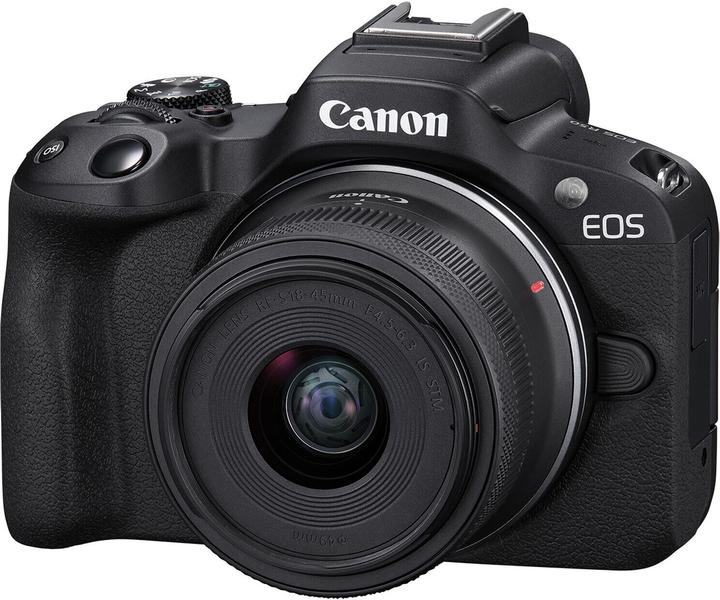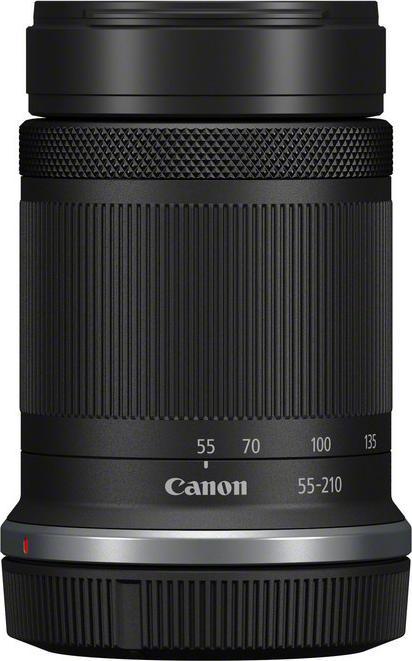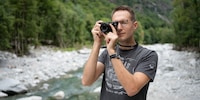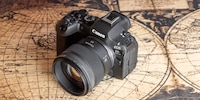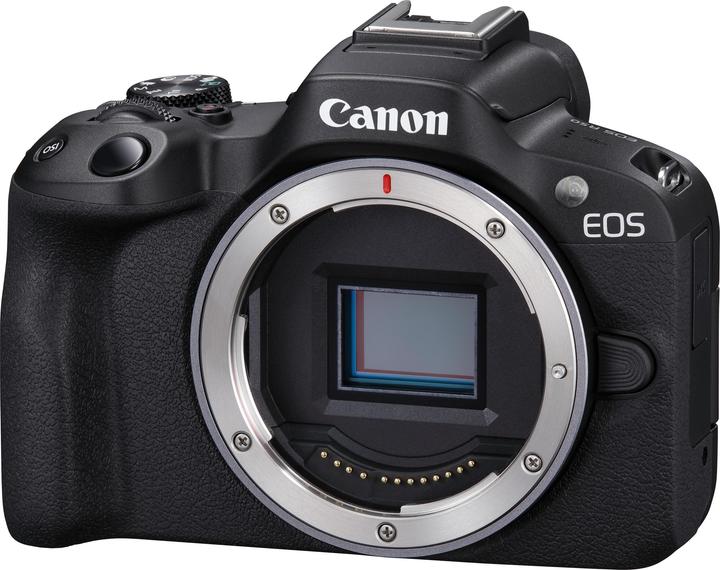

How good is photographic equipment under 1,000 francs/euros?
I tried out the Canon EOS R50 with two inexpensive lenses in various everyday situations. To my surprise, I got further than I’d have expected.
A lot of cameras are very expensive. They often cost three thousand francs/euros or even more – without lenses. Too much for many.
So I took a look at the other end of the price spectrum. Let’s say you’re looking for a new camera and lens for less than a thousand francs/euros. What can I recommend? Does this equipment stand out enough from a smartphone? And what compromises do you have to make compared to expensive equipment?
Old models dominate in this price range
There isn’t much choice in this price range, especially if you want a reasonably up-to-date model. Many «new» – that’s unused – cameras aren’t actually that new. The affordable Sony Alpha 6100 is from 2019, as is the Nikon Z 50; the Olympus OM-D E-M10 Mark IV is from 2020. The Nikon Z30 is newer, but there’s no viewfinder and it’s intended more as a vlogging camera. The EOS R50 system camera, on the other hand, dates from 2023. Even though I don’t assume all the components installed in it are really new, I opt for that camera.

At least as important as the camera: the lenses
You also need at least one lens, of course. You can often find kits consisting of a camera and lens, which come out cheaper than the two individual parts. Same goes for the R50. The lens kit only slightly raises the camera’s price.
Even if your budget is small, never spend more than two thirds of it on the camera. Because it’s largely the lenses that determine what you can do with a camera – and what you can’t.
In the case of the Canon EOS R50, things look good. Even with the kit lens, there’s still money left over for another one: a 50 mm lens with an f/1.8 aperture. This grants considerably more options for image composition than with the kit lens alone. Its framing is perfect for portraits and it allows for a blurred background. This allows you to take pictures that differ much more from smartphone photos than kit lens photos.
First impression: tiny camera
The camera surprises me as soon as I unpack it: it’s tiny! Almost a compact camera. The screen takes up the largest area of the back. Together with the kit lens supplied, the camera weighs less than 500 grammes ready for use.
But a miniature camera doesn’t only bring positives. The main problem with the small dimensions is the tiny area to the right of the screen. There’s hardly any room for my thumb – I keep pressing keys by mistake.
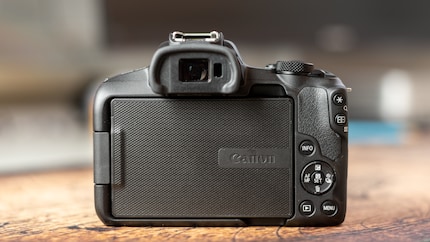
Source: David Lee
I also struggle with hitting the right buttons when looking through the viewfinder. Moving the focus field is particularly tricky. My Canon EOS R7 sports a small joystick to do this. Here I have to move the field with the direction buttons, and those aren’t very ergonomic. In addition, I have to activate this movement each time with a button nowhere near the direction controls.
The function of many buttons can be adjusted, but the shift of the autofocus field can’t.
Otherwise, my first impression is good. Despite its low price, the camera looks well made. Nothing rattles or looks fragile. The EOS R50 sports a USB-C port that can be used to charge it. Canon even includes a charger. Even cameras that cost many times the price often don’t come with one.
The battery is correspondingly small given the camera dimensions: 1,040 mAh isn’t even half as much as the larger Canon EOS R7 (2,130 mAh). But the R50 also uses less power, so the battery actually lasts more than half as long. The battery lasts long enough for everyday use.
Landscape shots: successful despite a mediocre lens
In general, landscape shots will turn out well even with inexpensive equipment. Above all, it’s important that the lens can capture a sufficiently large area. The kit lens manages this with a minimum focal length of 18 millimetres. The framing of the 50 mm lens, on the other hand, is too narrow for landscapes and buildings most of the time.
I took this picture with the R50 and the kit lens at a focal length of 25 millimetres.
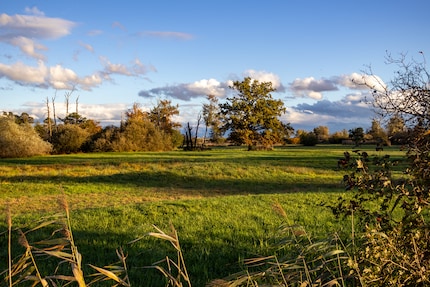
Source: David Lee
It wouldn’t look much different with expensive equipment. However, enlarging the image would reveal greater detail. The camera only offers 24 megapixels and the lens isn’t particularly sharp.
The optics of the cheap lens aren’t particularly good. But these weaknesses can be easily corrected. At the widest angle, 18 millimetres, the corners of an image are heavily darkened. However, the camera’s software equalises this out for JPEGs, so you won’t be able to tell the difference. Lightroom also corrects this automatically for photos in RAW format. The same applies to distortion – that’s geometric distortions produced by the lens. These interfere with buildings in particular. They’re avoided completely too.
Portraits: great with the 50 mm lens
If you value portraits, the Canon EOS R5O is the camera for you. However, only when combined with the 50 mm lens. The kit lens doesn’t work for portraits.
First off, the camera. It recognises faces and eyes automatically, focusing on them. This makes photography much easier – especially if the people in question aren’t holding perfectly still. As mentioned above, manually setting the focus on the Canon EOS R50 is tedious. This makes a good automatic system all the more important. And luckily, it works really well. When looking at autofocus, I realise that the R50 is a new camera. The cameras in this price range from 2019 or 2020 listed above don’t even come close.
The 50 mm lens provides the necessary depth of field if you open the aperture fully. The bokeh effect, which smartphones do a poor job of simulating, is real here.
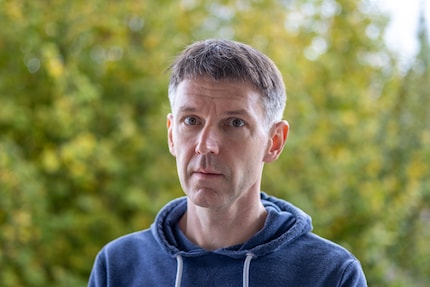
Source: David Lee
This won’t work with the kit lens. The background becomes blurred if it’s further away than in my example. It still isn’t stable, however.
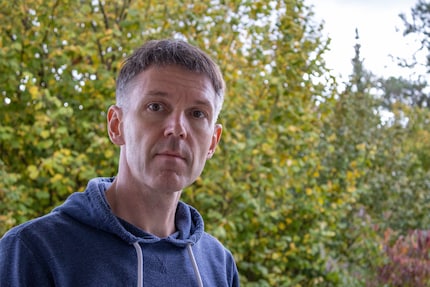
Source: David Lee
Close-ups: so-so with both lenses
With close-ups, almost everything depends on the lens, as it determines how large you can make a subject appear. The 50 mm lens can focus from a distance of 30 centimetres. With the kit lens, that’s between 20 and 35 centimetres, depending on the zoom. In both cases, it’s enough to capture a medium-sized flower, but not a large insect.
The 50 mm lens also enables blur effects in close-up shots that aren’t possible with the kit lens or your smartphone either. Here’s an example with aperture setting f/2.5 – everything not in focus is blurred.
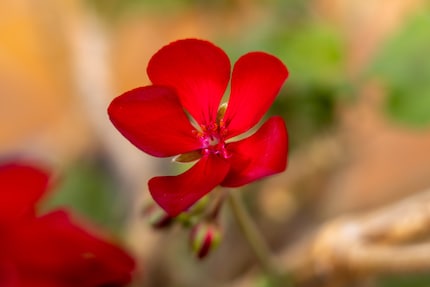
Source: David Lee
With the kit lens, I can’t open the aperture that wide. Blurring only occurs when the background is very far from the subject.
I particularly miss a joystick in the close-ups. It would be a great help here to get the composition right through the viewfinder.
Shooting in low light
The Canon EOS R50 doesn’t have a built-in image stabiliser that would allow longer exposure times. With cameras in this price range, you’ll have to do without. The cheapest Canon model with a stabiliser is the R7, which costs about twice as much.
The 50 mm lens doesn’t have one either. However, it lets in a lot of light when you open the aperture fully. You can take photos at dusk, even without a tripod.
Example: a very dark scenario – dusk. Thanks to the f/2 aperture, the ISO sensitivity nevertheless remains at a very low value of 100. That’s why the picture isn’t noisy. However, it’s slightly blurred at a shutter speed of 1/10 second, as you can see from the electricity pylons on the left. This probably wouldn’t have happened with an image stabiliser.
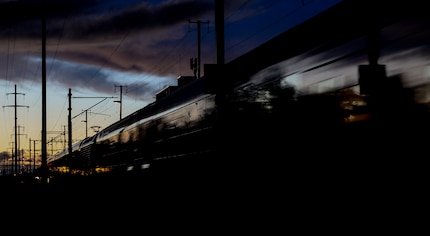
Source: David Lee
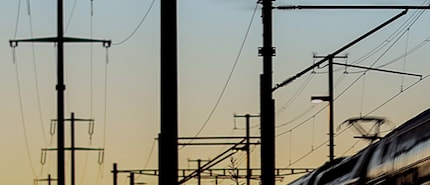
Source: David Lee
Photos in dim light are also possible with the kit lens. The kit lens has a built-in image stabiliser. However, it isn’t particularly good. The advantage is rather that wide-angle photos are generally less susceptible to camera shake.
Autofocus works well, even in low light. Especially with the 50 mm lens and an open aperture. With the kit lens, the camera takes a little longer to focus in the dark, but it usually works out in the end. Gone are the days when lenses were constantly pumping back and forth because they couldn’t get into focus.
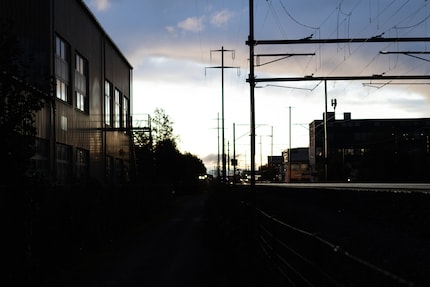
Source: David Lee
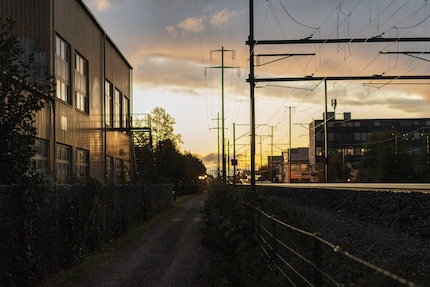
Source: David Lee
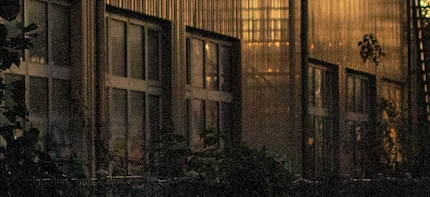
Source: David Lee
Animals: require special lenses
No special requirements needed for your sleeping cat, that’ll work with any equipment. Here too, however, I recommend blurring the background. I’d therefore also choose the 50 mm lens here.
For small and/or shy animals, you need a telephoto lens. But that would go beyond the budget of less than a thousand francs/euros set here. Unless you only take telephoto shots and don’t buy another lens, of course. Then 55-210mm should just fit into the budget.
I haven’t tested this lens. Nevertheless, I maintain that such an investment could be worthwhile. Because the camera – and this is the biggest surprise of the test for me – is good enough for wildlife photography. The autofocus easily recognises birds, for example, and focuses precisely. Until recently, this was only possible with expensive top-of-the-range cameras.
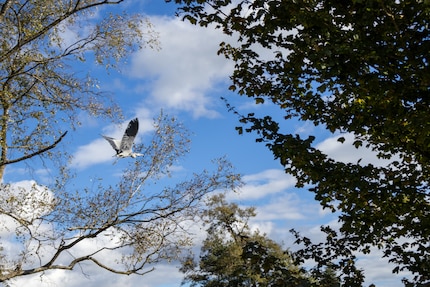
Source: David Lee
And another surprise: continuous shooting is also fast enough. Twelve frames per second is enough, even for nimble animals. However, the camera can only maintain this speed for eight frames, i.e. for less than a second.
With an electronic shutter, the rate can be increased to 15 images. However, very fast movements can lead to deformation here – the rolling shutter effect.
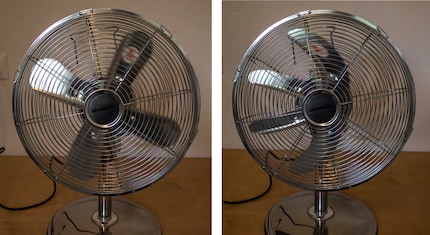
Source: David Lee
Videos: excellent with a tripod
The Canon R50 can record very sharp 4K videos without cropping. In other words, without narrowing the framing. However, it can only do this at a low frame rate of 25 or 30 frames per second (fps). Higher frame rates aren’t possible at 4K.
This works great for interviews or when you speak directly into the camera, you benefit from excellent face and eye detection. Here’s an example:
For 50 fps, you have to switch to Full HD. Here, 100 fps also enable slow-motion recordings, only without sound.
As soon as you hold the camera, the lack of image stabilisation becomes noticeable. There is digital stabilisation, but it narrows the framing considerably. In terms of quality, it’ll never replace optical stabilisation either.
With the 50 mm lens, handheld videos don’t come out well. Things look better with the kit lens. It has a built-in stabiliser and shaky hands have less of an impact at a wide angle.
Look below to compare the image section and movements with and without digital stabilisation. Both were taken with the kit lens at a focal length of 18 millimetres.
Distortions caused by the rolling shutter effect shown in the fan image are also visible in videos. This is noticeable, for example, when lines that are actually vertical are shown at an angle due to rapid movements. However, many cameras costing significantly more still have this problem.
Verdict: most things are still possible, even on a tight budget
The Canon EOS R50 is a price-performance banger. I was particularly happy to be surprised by the autofocus. It’s really good – not only for this price range, but even in comparison with much more expensive cameras. It recognises eyes and faces easily and reliably, even on animals. Videos are very sharp and don’t narrow the framing, making the camera amazingly versatile.
Naturally, many things aren’t as great as with expensive top cameras. But the drawbacks are acceptable. The only thing that really bothers me: the camera is too small for comfortable use. Nevertheless, I still enjoy taking photos with the R50 far more than with a smartphone.
A three-figure budget will limit you, mainly because of the lenses. The optics of the kit lens are mediocre at best, but good for landscape shots. The inexpensive 50 mm lens is very suitable for portraits. The shallow depth of field gives your pictures a photographic look that’s very different from smartphone pics. Close-ups from about 30 centimetres are possible with both lenses.
Shooting in low light is certainly possible. However, this clearly exposes the differences to expensive equipment.
Wildlife shots are barely possible with the lenses tested here. You just can’t zoom in close enough. But the camera is surprisingly up to the task.
My interest in IT and writing landed me in tech journalism early on (2000). I want to know how we can use technology without being used. Outside of the office, I’m a keen musician who makes up for lacking talent with excessive enthusiasm.
